
Soil Health & Fertilization
We unite suppliers and green industry professionals worldwide
The Habanero pepper is a famous chili pepper worldwide and is known for its intense flavor. It is a favorite among pepper enthusiasts. These peppers are famous for their extremely hot and fruity flavor.
By Mariam Scott
|Published on September 19, 2025
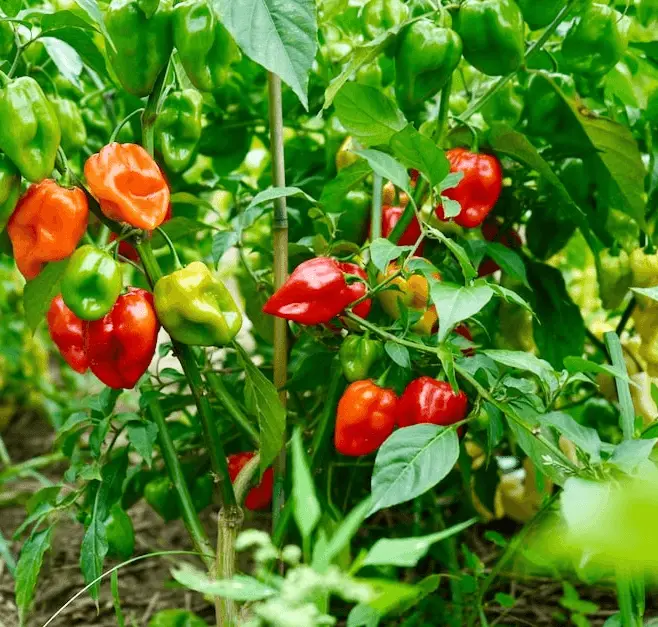

The Habanero pepper is a famous chili pepper worldwide and is known for its intense flavor. It is a favorite among pepper enthusiasts. These peppers are famous for their extremely hot and fruity flavor. Habanero peppers are bright colored; they are green, orange, red and even chocolate brown. They stand out in any garden with the use of these colors.
The Habanero is native to the Amazonian region and was later domesticated in the Yucatan Peninsula of Mexico. It is a staple found throughout different Latin American cuisines for hundreds of years. This herb has become essential in the kitchen, bringing a bright sight for home and commercial gardens.
| Scientific Name | Capsicum chinense |
| Common Names | Habanero Pepper, Scotch Bonnet (in some regions) |
| Family | Solanaceae (nightshade family) |
| Genus | Capsicum |
| Species | Capsicum chinense |

September 25, 2025
9 minute read
September 24, 2025
9 minute read
September 23, 2025
10 minute read
September 22, 2025
9 minute read


Join as a seller and connect with thousands of B2B buyers nationwide!
Sign Up
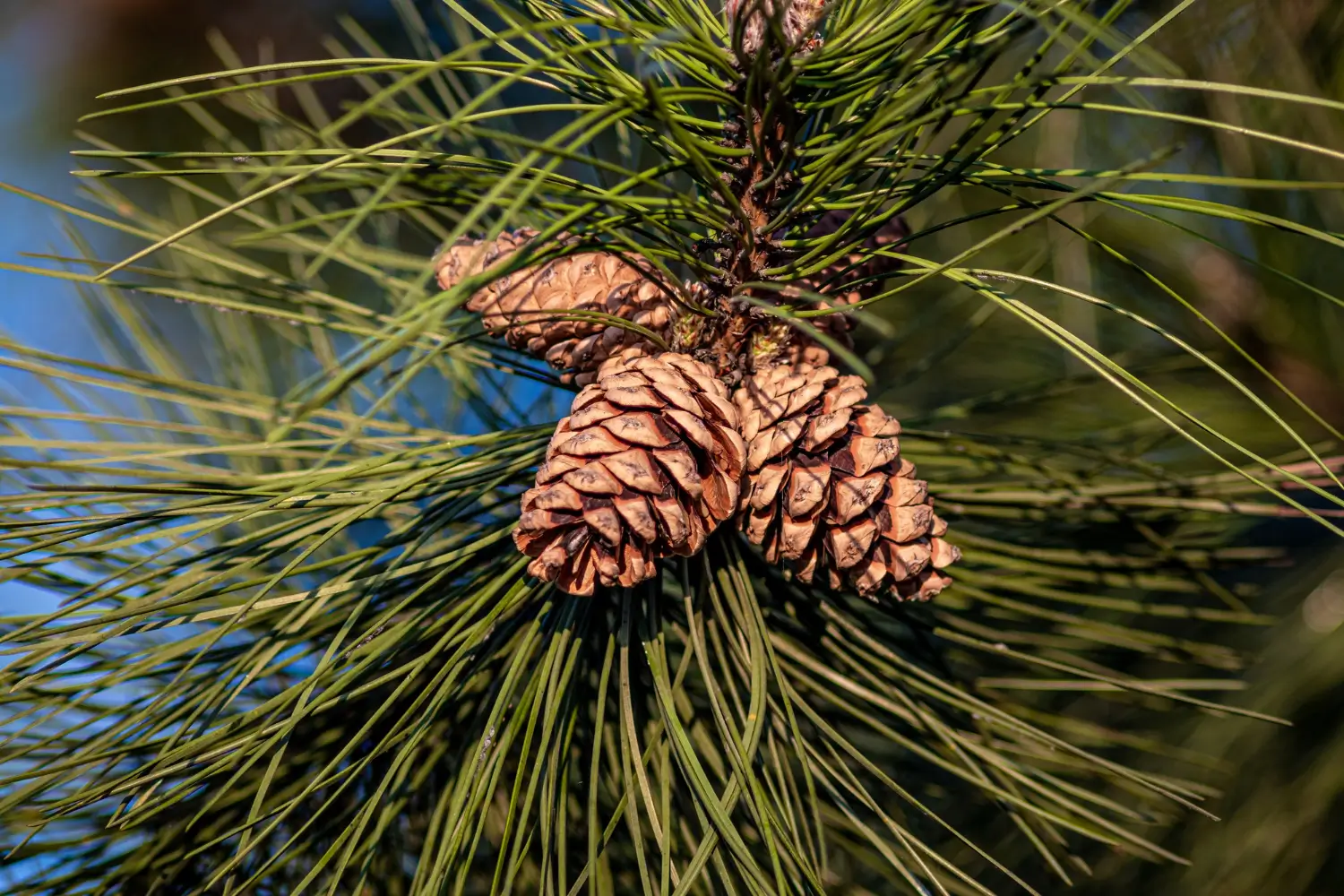
Eastern White Pine
The eastern white pine is a tall and beautiful evergreen native to the vast forests of eastern North America.
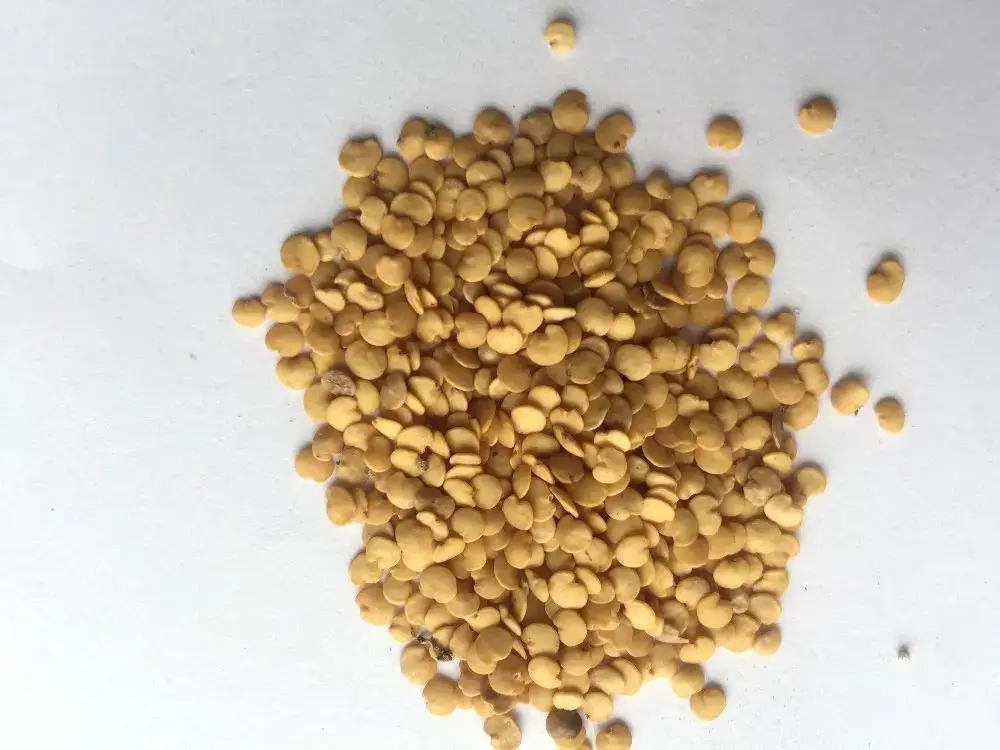
Eggplant
Aubergine (Solanum melongena) is a favorite vegetable that also has deep purple skin and creamy, smooth flesh.
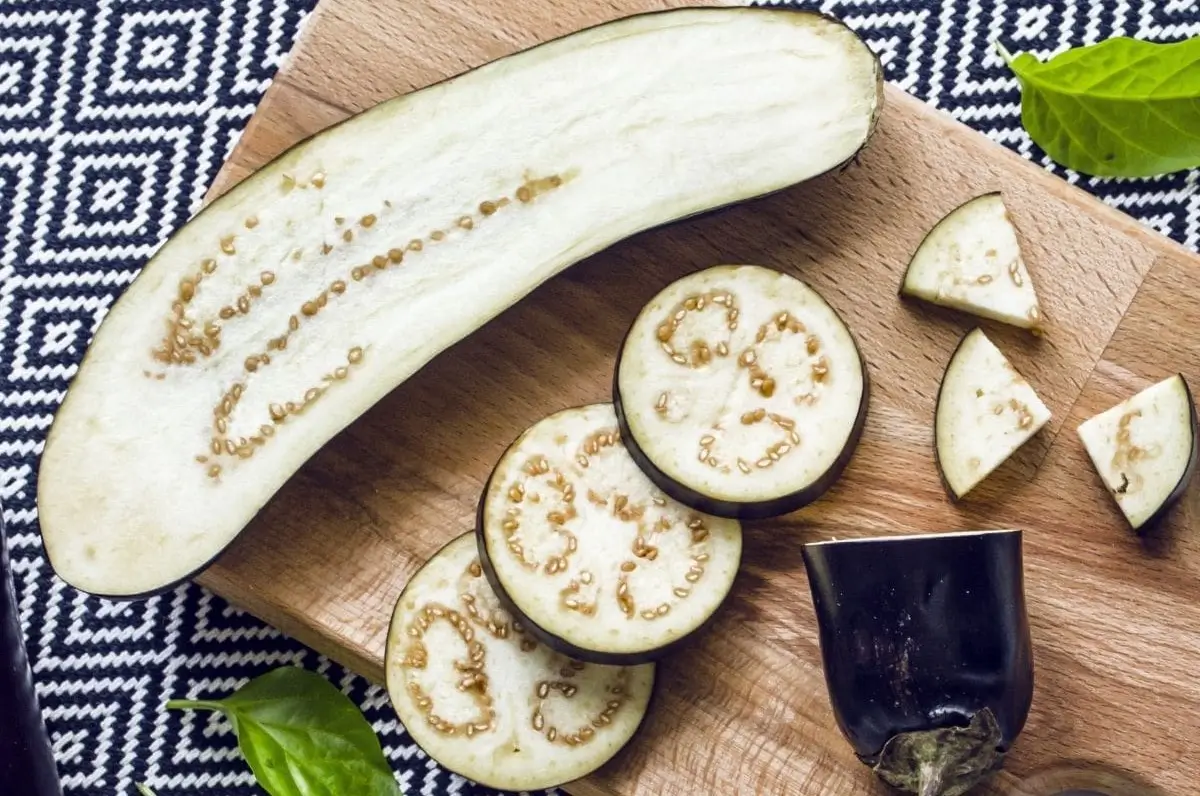
Eggplant Italian
Italian eggplant is a healthy, nutritious, and low-maintenance vegetable that grows well in warm and sun-drenched regions
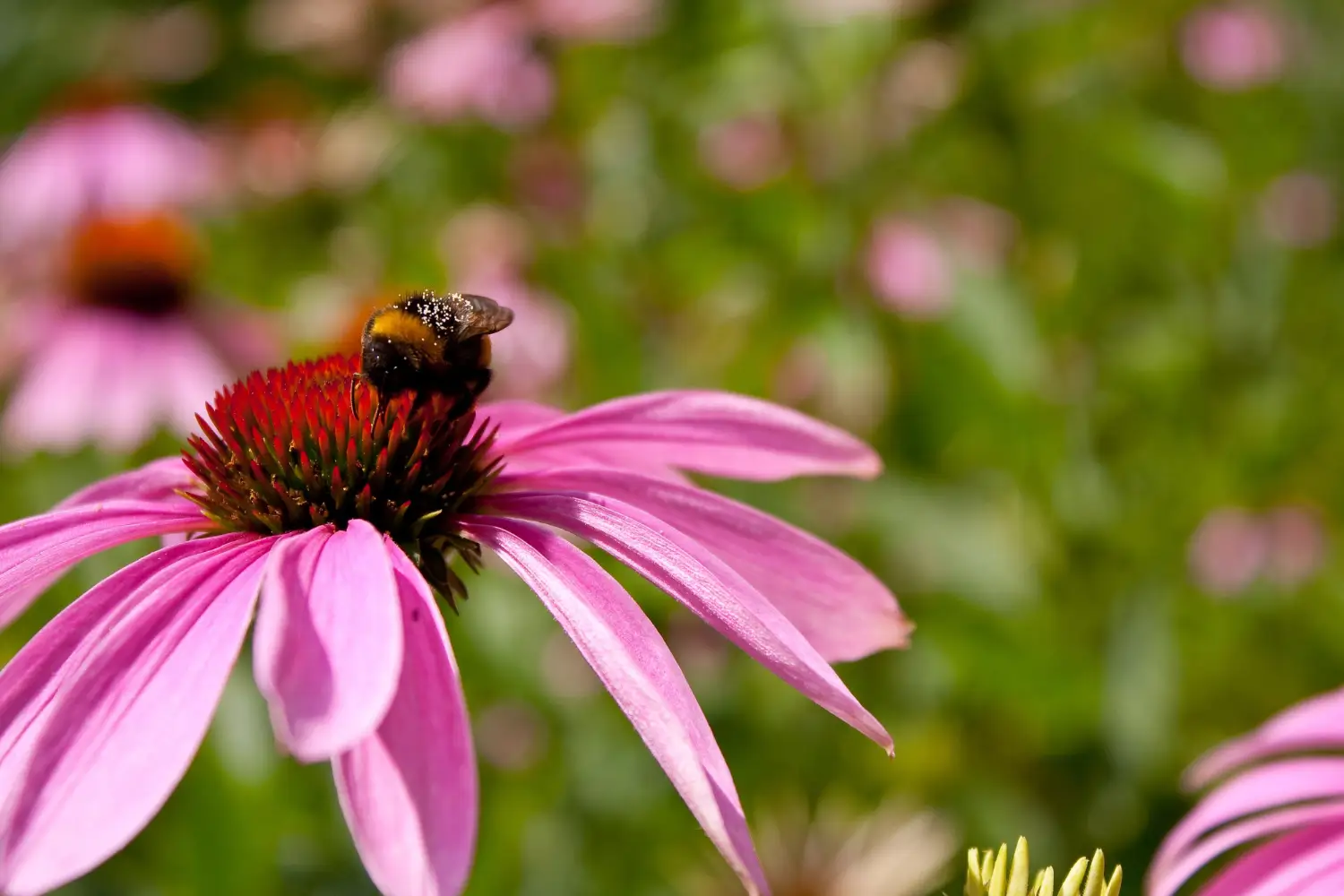
Echinacea
Echinacea is a vibrant and hardy flowering plant known for its bright, colorful blooms and distinctive charm.
It grows best in warm zones and requires full sun to develop its heat and taste.
Habaneros are nice and can be used in a variety of ways.
Habanero peppers grow best in hot, sunny climates. They prefer a moderately well-drained soil with an acidic to neutral pH level.
The seeds of Habanero pepper are small, flat, and are light tan or brown.
Habanero peppers germinate only with the help of warmth, moisture, and slightly acidic pH of the soil:
Habanero seeds are very tough and usually have a strong germination if kept and handled correctly. Strong seeds are vital for robust and healthy plant growths.
Habanero peppers can be propagated through seeds. Here’s how to ensure successful propagation:
Even though Habanero peppers are pretty resilient to most pests and diseases, they still have their problems.
Habanero pepper seeds can be stored for the long term and successfully sown by following these steps:
Habanero pepper is a strong, powerful addition for any garden, presenting elegance and combining it with culinary experience as well. Gardeners and chefs alike love its bright colors, spicy heat, and health benefits. The plant prefers warmth and sunshine, along with a strict watering and pest control regime, but despite being relatively high maintenance, it can be grown fairly easily by beginner gardeners.
Habanero Pepper Seeds germinate in 7 to 14 days under ideal conditions.
Aphids, caterpillars and spider mites may be a problem on Habanero. However, it is generally pest-resistant.
Place airtight containers of Habanero pepper seeds in a dark, cool area to prolong their shelf life up to three years.

Soil Health & Fertilization
Victor Miller

Pest Identification & Prevention
Victor Miller

Lawn Care Tips & Maintenance
Victor Miller

Soil Health & Fertilization
Victor Miller

Smart Irrigation Systems
Victor Miller

Patios, Walkways & Driveways
Victor Miller

Soil Health & Fertilization
Victor Miller

Pest Identification & Prevention
Victor Miller
My Account
Our team is always here to help.
We are open Monday - Friday, 9:00 AM to 4:30 PM PST.